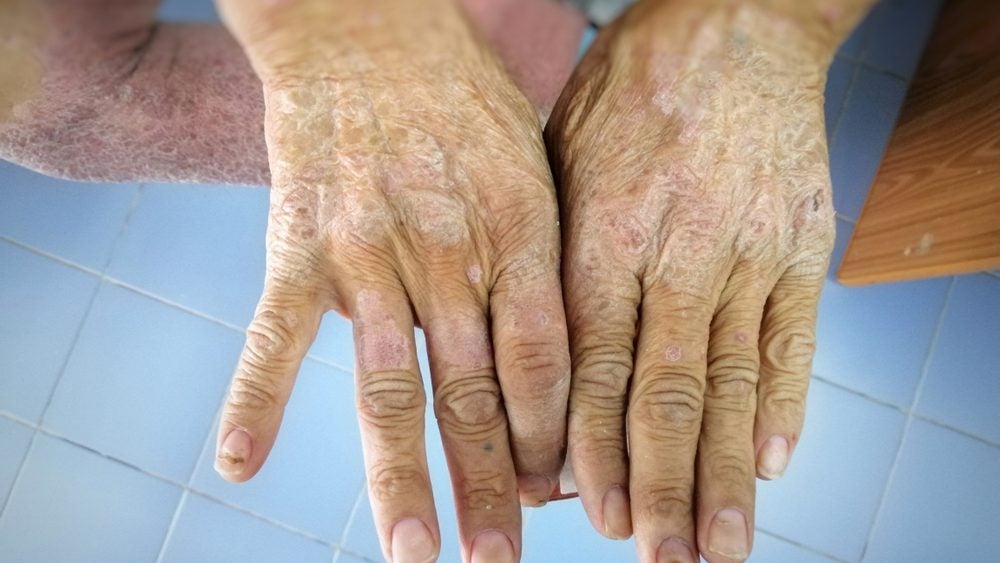

Health economics is hardly a field known for its profligacy. These days, large-scale clinical trials are generally viewed as an expense not worth incurring, a potentially wasteful use of resources given the uncertainty of the outcome. With funds more commonly allocated to smaller projects, the prevailing philosophy is to keep spending to a minimum.
However, an intriguing piece of research has turned this wisdom on its head, demonstrating that investment in such trials really can pay off further down the line.
The study, published in the Annals of Internal Medicine in May 2014, looked at a decade-old trial sponsored by the US Government, the Women’s Health Initiative (WHI) estrogen plus progestrin (E+P) trial. Housed at the Fred Hutchinson Cancer Research Center in Seattle, it cost some $260m and was one of the largest studies of its kind ever funded by the public purse.
"This trial randomised 16,608 post-menopausal women with an intact uterus from 40 clinical centers around the US to either hormone therapy with estrogen plus progestin or placebo," explains Dr Joshua Roth, lead author of the latest research and a post-doctoral fellow at the Hutchinson Institute for Cancer Outcomes Research.
See Also:
"It was conducted to assess the major health benefits and risks of the commonly used hormone therapy regimen. After an average follow-up of 5.2 years, the data safety monitoring board recommended stopping the trial because the results showed increased breast cancer risk in the E+P group, and a global disease index showed that the overall disease risk of E+P was outweighing potential benefit."
How well do you really know your competitors?
Access the most comprehensive Company Profiles on the market, powered by GlobalData. Save hours of research. Gain competitive edge.

Thank you!
Your download email will arrive shortly
Not ready to buy yet? Download a free sample
We are confident about the unique quality of our Company Profiles. However, we want you to make the most beneficial decision for your business, so we offer a free sample that you can download by submitting the below form
By GlobalDataChanges to practice
According to a recent study published in the Lancet, 2.1 billion people suffer from obesity globally.
Prior to this point, combined hormone therapy (cHT) was being administered to almost six million post-menopausal US women. Unfortunately, the trial concluded that cHT has a litany of detrimental side effects, raising patients’ risk of cardiovascular disease, venous thromboembolism (blood clots) and breast cancer.
While this increase was shown to be small for any given woman, on a population-wide basis it equated to thousands of adverse health events. Every year, among 10,000 postmenopausal women on cHT, eight more will suffer invasive breast cancer, seven more will have a heart attack, eight more will have a stroke and 18 more will suffer blood clots than in a similar group of women not taking the hormones.
Since these findings came to light, hormone use has decreased dramatically, with around 4.3 million fewer women using cHT. Beginning in 2012, researchers decided to reflect on the economic value that had been created in the interim.
Quantifying the benefits
They used a statistical disease simulation model to understand the impact of the study on health finance, first looking at actual clinical outcomes, and then comparing them with an imagined scenario in which cHT use persisted at its original rate.
This enabled them to estimate how the population’s health had been affected, which in turn allowed them to calculate the overall economic returns.
"We used the simulation model to estimate the number of US E+P users from 2003-2012, and compared that number to the projected number of users from a hypothetical scenario where the trial was not conducted and trends in use from 1998-2002 carried forward to 2012," clarifies Roth. "We applied WHI disease rates and medical expenditure estimates to those figures to estimate the disease, quality of life, and direct medical expenditure impacts of conducting the trial."
Their findings were striking. Researchers estimated that, while there were 263,000 more osteoporotic fractures than there would have been without the trial, and 15,000 more colorectal cancer cases, there were also 126,000 fewer breast cancer cases, 76,000 fewer cases of cardiovascular disease, and 80,000 fewer cases of blood clots.
Adjusting for changes in cHT prescription rates not directly attributable to the trial, the researchers found that the WHI E+P study had saved a net $37.1bn in healthcare costs. Of this, $26.4bn was directly attributable to lowered medical expenditure, while the remainder was a more complex figure, representing the value of additional quality-adjusted life expectancy years.
Maximising value
Evidently, the upfront costs of the trial pale in comparison with these savings. For every dollar spent, $140 was returned, demonstrating that the study in question had significant economic benefits. More broadly, it prompts the suggestion that large-scale studies can be a judicious use of public funding, promising a strong return on investment.
"The motivation for the first WHI trial was to see if we could prevent heart disease, the number one killer of women. That’s why we did it – the economics never occurred to me," said Dr Garnet Anderson, lead WHI investigator and director of Fred Hutchinson Cancer Research Center’s Public Health Sciences Division, at the time the results were announced.
"What these findings underscore is the significant role clinical trials play in science and the importance of continuing to find ways to strategically invest public research funds to maximise value to society."
As attitudes towards medical marijuana continue to soften, a massive new investigational path for cannabinoid-based medicines has opened up.
Roth believes that funding bodies often tend to focus on the cost of trials, rather than their potential value. This is because until recently, there have not been well-established methods for estimating trial value – it is only in the last few years that tools such as value of information (VoI) analysis have gained traction.
Luckily, he sees his latest work as offering grounds for hope, in that it clearly conveys how lasting benefits can be derived from expensive research.
"It’s difficult to secure public funding for a trial as large as the WHI in today’s financial climate, but large-scale trials remain an important source of evidence for informing clinical practice and healthcare policy," he says.
"They are particularly important for generating evidence about medical technologies and strategies that have small effects on an individual level, but impact millions of people across the world. I hope our study demonstrates that it is important to consider the potential value of studies, rather than just cost, when making decisions about how to invest limited public research dollars."




